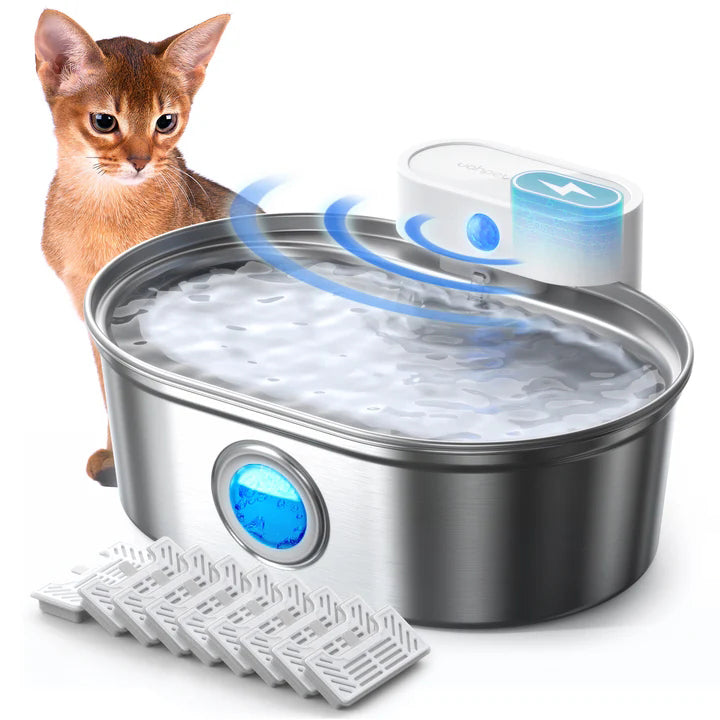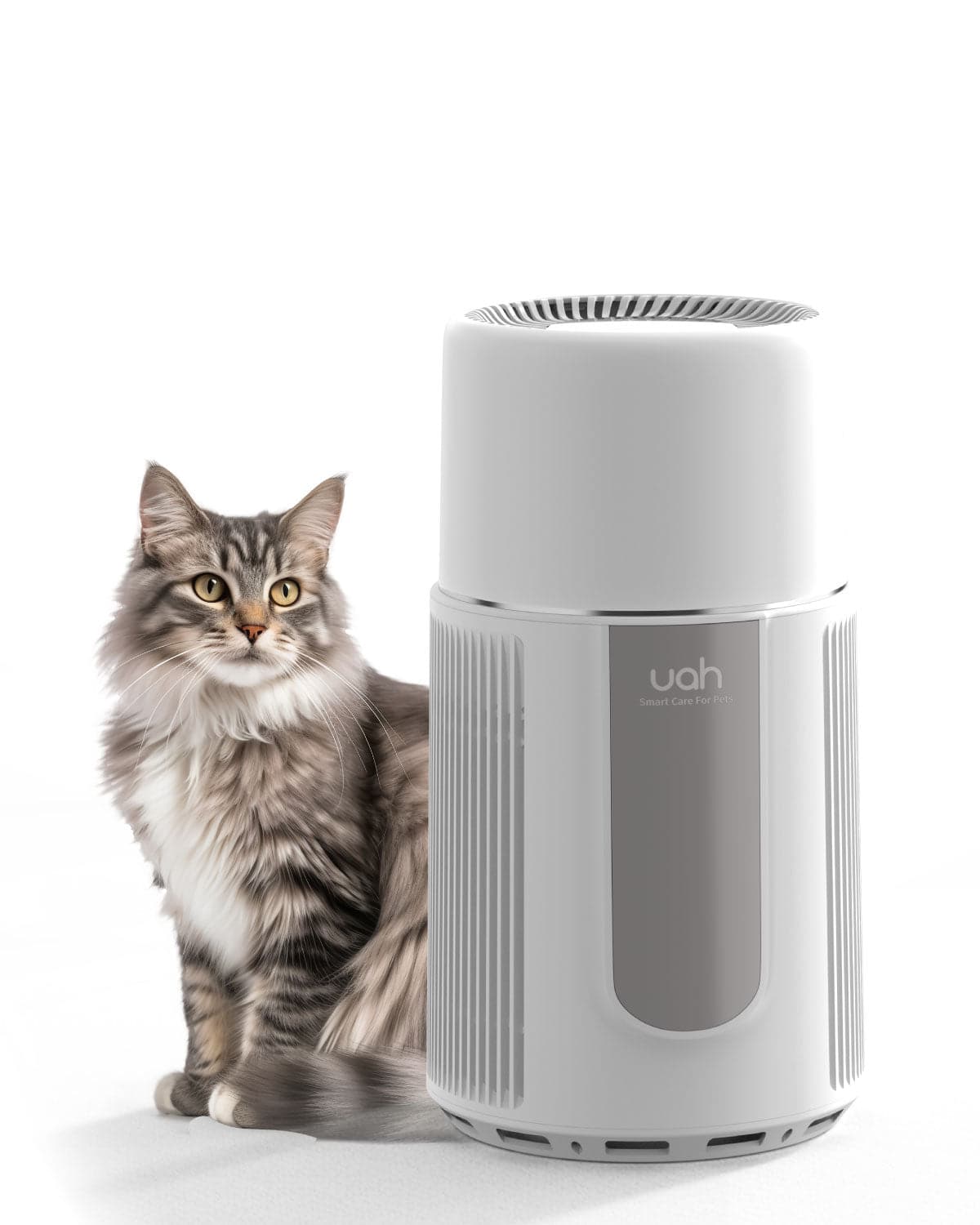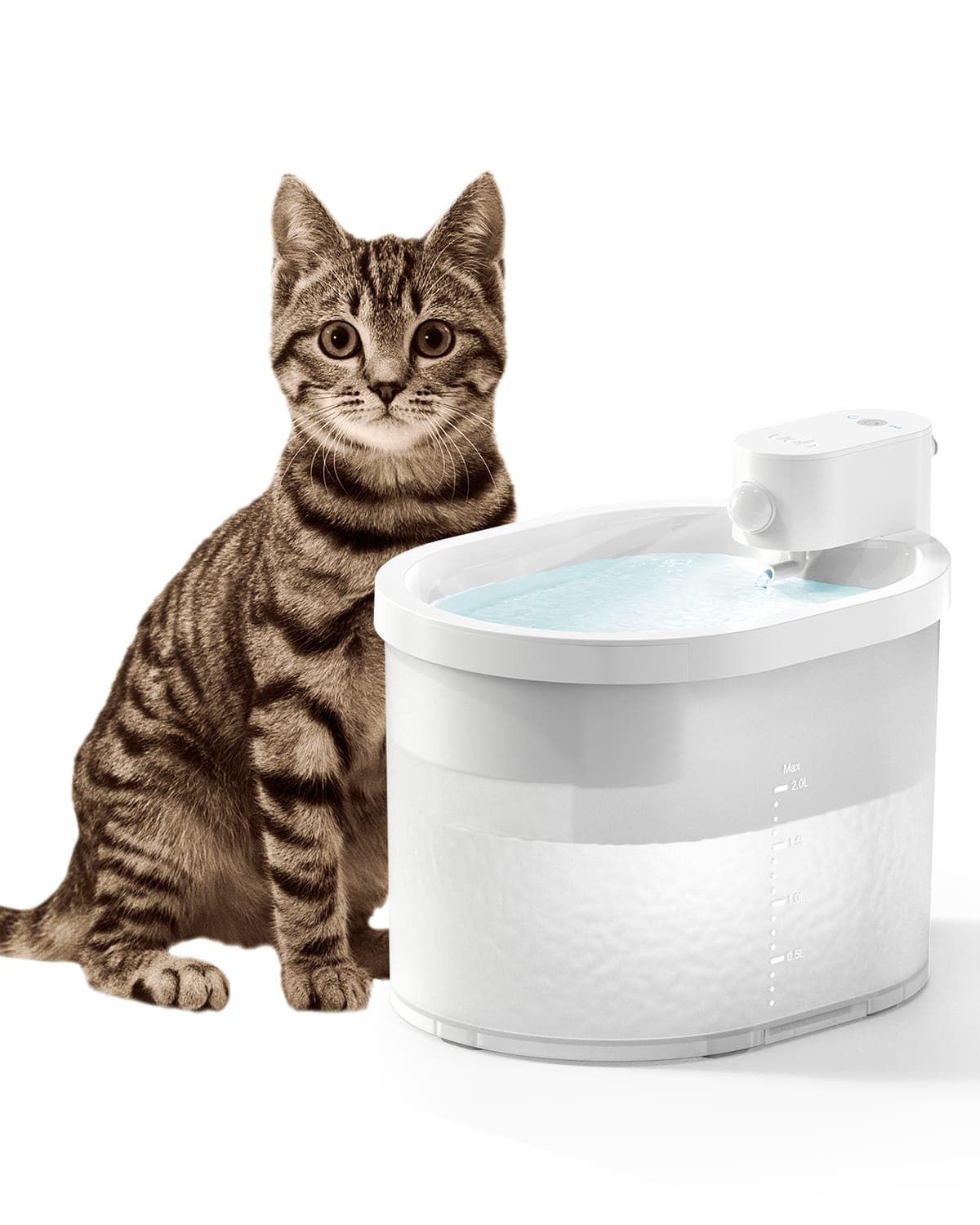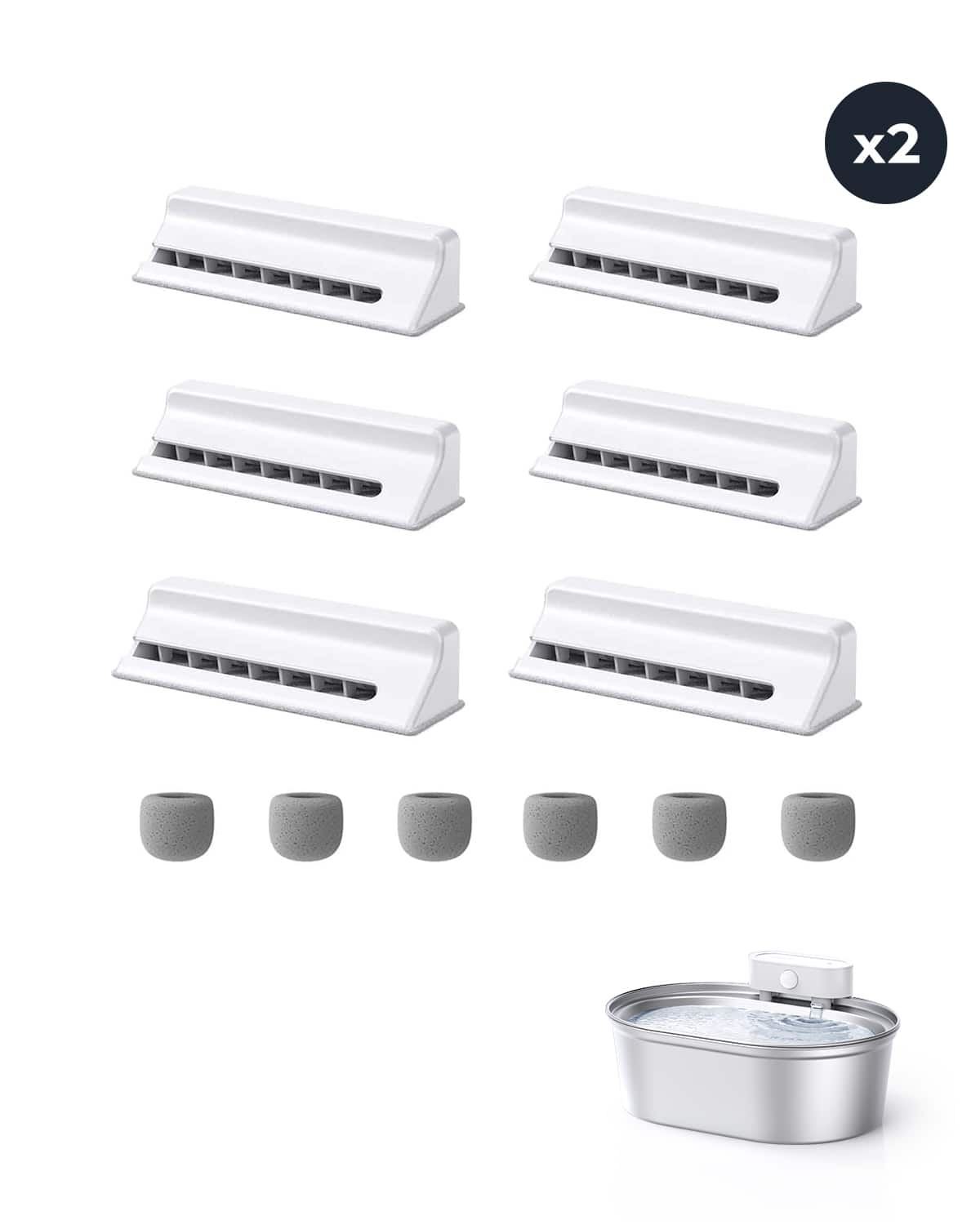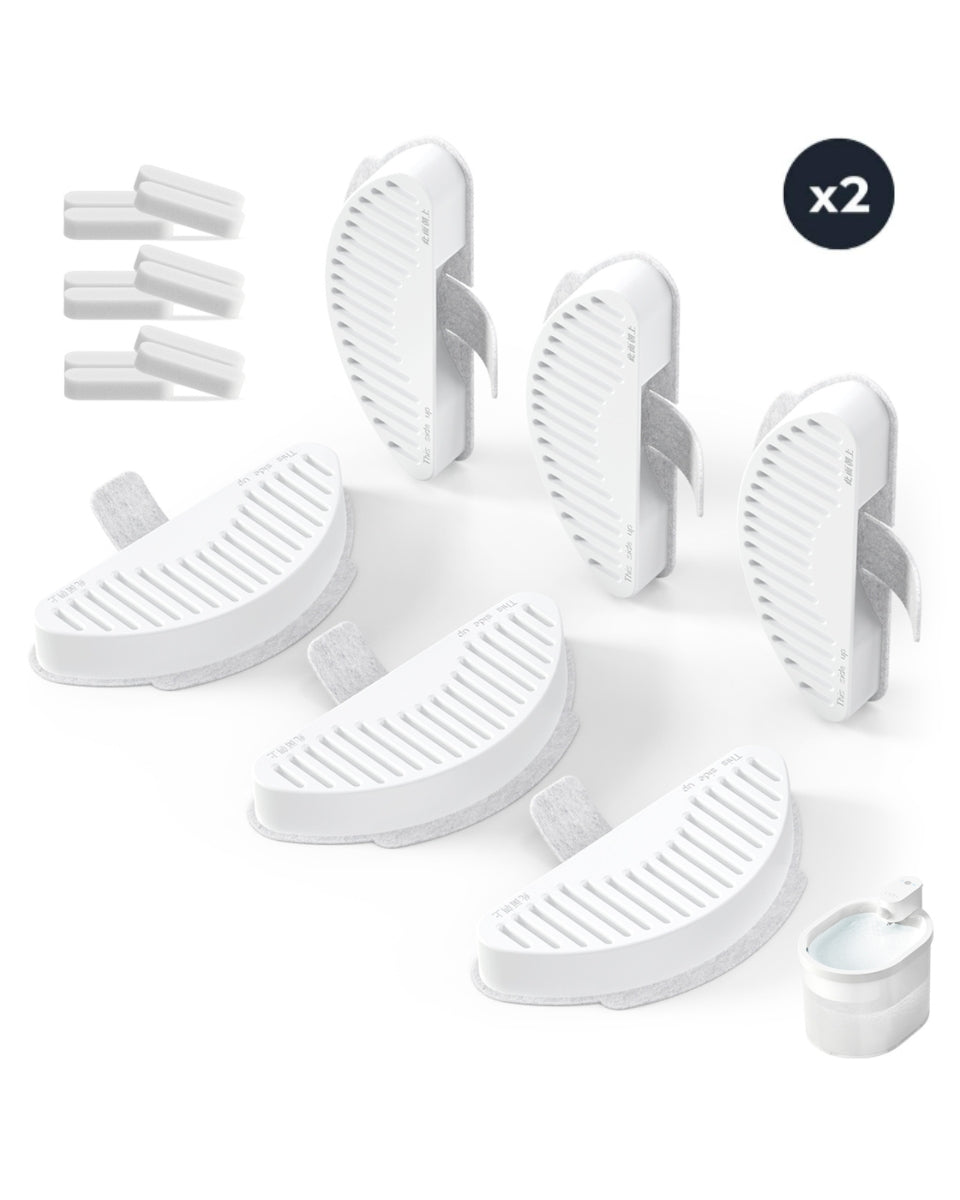Pet owners know the struggle of keeping their homes smelling fresh. Whether it's the lingering scent of wet fur, the occasional accident, or the natural odors pets produce, eliminating these smells can be a challenge. One solution that often comes up is the use of an ionic air purifier. But can an ionic air purifier truly remove pet smells? Let's dive into the science behind these devices and explore their effectiveness in tackling pet odors.
How Do Ionic Air Purifiers Work?
Ionic air purifiers, also known as ionizers, operate by releasing negatively charged ions into the air. These ions attach themselves to airborne particles, such as dust, allergens, and odor molecules, causing them to become heavier and fall out of the air. Some models also include a collection plate that attracts these charged particles, effectively removing them from the environment.
Unlike traditional air purifiers that use filters to trap particles, ionic air purifiers rely on electrostatic attraction. This method can be effective in reducing certain types of pollutants, but its ability to neutralize odors, particularly pet smells, is a topic of debate.
The Science Behind Odor Removal
Pet odors are primarily caused by volatile organic compounds (VOCs) released from pet dander, urine, and saliva. These compounds can linger in the air and on surfaces, creating a persistent smell. To effectively remove these odors, an air purifier must either neutralize the VOCs or physically remove them from the air.
Ionic air purifiers can help reduce pet odors by causing odor-causing particles to settle out of the air. However, they may not completely eliminate the source of the smell, especially if it has permeated carpets, furniture, or other surfaces. For this reason, ionic air purifiers are often more effective when used in conjunction with other odor-removal methods, such as cleaning and ventilation.
Benefits of Using an Ionic Air Purifier for Pet Smells
One of the main advantages of ionic air purifiers is their ability to operate quietly and without the need for replacement filters. This makes them a low-maintenance option for pet owners looking to improve indoor air quality. Additionally, ionic air purifiers can help reduce other airborne pollutants, such as dust and allergens, which can be beneficial for both pets and their owners.
Another benefit is their energy efficiency. Ionic air purifiers typically consume less power than traditional HEPA filter-based models, making them a cost-effective choice for continuous use. However, it's important to note that their effectiveness in removing pet smells may vary depending on the specific model and the severity of the odors.
Limitations of Ionic Air Purifiers
While ionic air purifiers can help reduce pet odors, they are not without their limitations. One common concern is the production of ozone as a byproduct. Ozone is a lung irritant that can be harmful to both humans and pets, especially in high concentrations. Some ionic air purifiers are designed to produce minimal ozone, but it's essential to choose a model that meets safety standards.
Another limitation is their inability to address odors that have settled on surfaces. Ionic air purifiers can only target airborne particles, so they may not be effective in removing deeply embedded pet smells. For comprehensive odor removal, additional cleaning and deodorizing efforts are often necessary.
Alternative Solutions for Pet Odor Removal
If an ionic air purifier alone isn't sufficient to eliminate pet smells, there are several alternative solutions to consider. Regular cleaning of pet areas, including vacuuming carpets and washing bedding, can help reduce odors at the source. Using enzymatic cleaners specifically designed for pet accidents can also break down odor-causing compounds more effectively.
Another option is to use activated carbon filters in conjunction with an air purifier. Activated carbon is highly effective at adsorbing VOCs and neutralizing odors, making it a valuable addition to any odor-removal strategy. Additionally, improving ventilation by opening windows or using exhaust fans can help disperse lingering smells and bring in fresh air.
Tips for Maximizing the Effectiveness of an Ionic Air Purifier
To get the most out of your ionic air purifier, consider the following tips:
- Place the purifier in areas where pet odors are most concentrated, such as near litter boxes or pet beds.
- Run the purifier continuously to maintain clean air and reduce the buildup of odors.
- Clean the collection plate regularly to ensure optimal performance.
- Combine the purifier with other odor-removal methods, such as cleaning and ventilation, for best results.
By taking these steps, you can enhance the effectiveness of your ionic air purifier and create a fresher, more pleasant living environment for you and your pets.
Are Ionic Air Purifiers Worth It for Pet Owners?
The answer to this question depends on your specific needs and expectations. Ionic air purifiers can be a useful tool for reducing pet odors and improving indoor air quality, but they are not a standalone solution. For pet owners dealing with mild odors, an ionic air purifier may be sufficient. However, those with more severe odor issues may need to combine it with other methods for comprehensive results.
It's also important to consider the potential health risks associated with ozone production. If you or your pets are sensitive to air quality, choosing a purifier with low ozone emissions is crucial. Ultimately, the decision to use an ionic air purifier should be based on a thorough understanding of its capabilities and limitations.
If you're tired of battling pet odors and want to explore the potential of ionic air purifiers, now is the time to take action. With the right approach, you can enjoy a fresher, cleaner home that both you and your pets will love.


